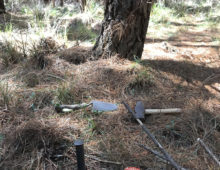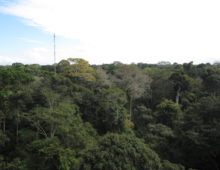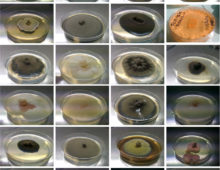Regulating Water Use Efficiency Traits
Roots and stomata are plants’ primary entry and exit points for water. Therefore, they are key targets for manipulation to improve bioenergy crop productivity, resilience and sustainability by reducing the risk of crop losses due to inadequate water supply. The number of pores, called stomata, on the leaf surface influences how much water the crop… [Read More]


